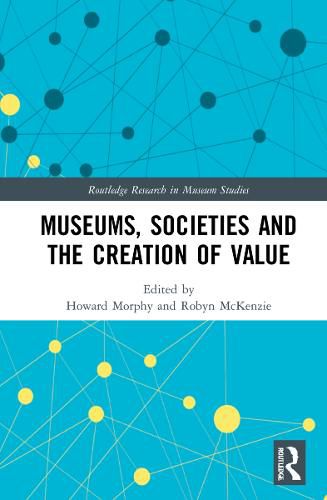Readings Newsletter
Become a Readings Member to make your shopping experience even easier.
Sign in or sign up for free!
You’re not far away from qualifying for FREE standard shipping within Australia
You’ve qualified for FREE standard shipping within Australia
The cart is loading…






This book
Includes chapters from many of the leading figures in museum anthropology, as well as from outstanding early-career researchers This volume presents a diverse range of international case studies that bridge the gap between theory and practice. It demonstrates that ethnographic collections and the museums that hold and curate them have played a central role in the value creation processes that have changed attitudes to cultural difference.
The essays engage richly with many of the important issues of contemporary museum discourse and practice. They show how collections exist at the ever-changing point of articulation between the source communities and the people and cultures of the museum and challenge presentist critiques of museums that position them as locked into the time that they emerged.
The book will be of great interest to researchers and students engaged in the study of museums and heritage, anthropology, culture, Indigenous peoples, postcolonialism, history and sociology. It will also be of interest to museum professionals.
$9.00 standard shipping within Australia
FREE standard shipping within Australia for orders over $100.00
Express & International shipping calculated at checkout
This book
Includes chapters from many of the leading figures in museum anthropology, as well as from outstanding early-career researchers This volume presents a diverse range of international case studies that bridge the gap between theory and practice. It demonstrates that ethnographic collections and the museums that hold and curate them have played a central role in the value creation processes that have changed attitudes to cultural difference.
The essays engage richly with many of the important issues of contemporary museum discourse and practice. They show how collections exist at the ever-changing point of articulation between the source communities and the people and cultures of the museum and challenge presentist critiques of museums that position them as locked into the time that they emerged.
The book will be of great interest to researchers and students engaged in the study of museums and heritage, anthropology, culture, Indigenous peoples, postcolonialism, history and sociology. It will also be of interest to museum professionals.